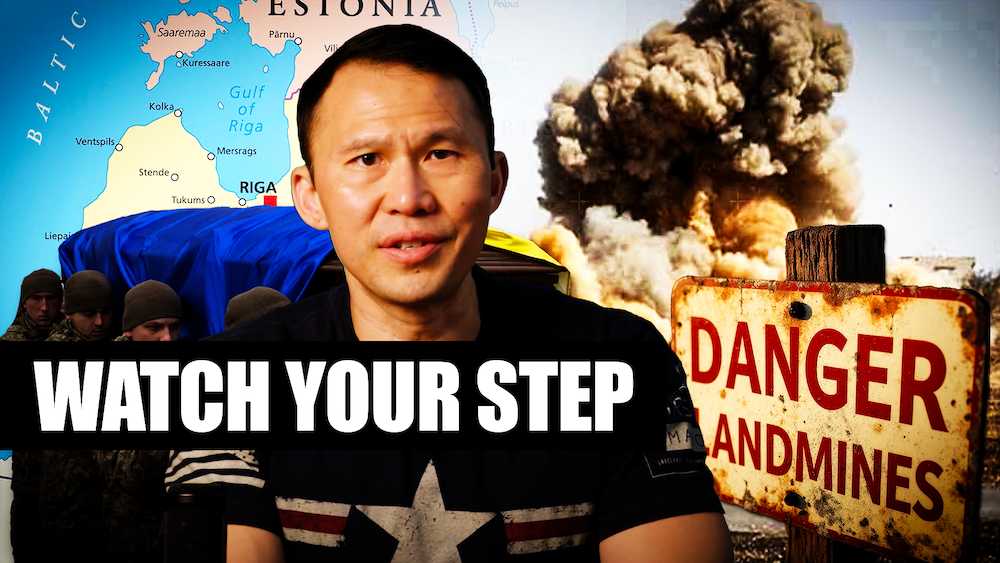

The first recorded use of pressure-activated land mines was by the Confederate army in 1862 during the Civil War. Union soldiers thought they were barbarous, cowardly weapons — but by the 20th century, they were everywhere.
Land mines defined combat in both World War I and World War II, and were a major part of war plans during the Cold War. But the 1997 Ottawa Treaty began to remove them from stockpiles across 163 nations that signed it. But even as they faded from military inventories, land mines left behind by previous conflicts created ever higher casualties among civilians, long after battlefields returned to peaceful use.
But with the Russian invasion of Ukraine, countries across Europe with Russian borders, like Poland and Finland, see land mines in their future as well as their past. And North and South Korea were never part of past agreements, and their border remains heavily mined.
On this week’s Task & Purpose video, Thom Tran explores the history of land mines and their vital, problematic role on the battlefield today.
Each week, on Tuesdays and Fridays, Task & Purpose will be bringing in military veterans to host segments on different topics. These will range from breakdowns of tactics and doctrine to explainers on new tech and weapons systems, but each will be researched, reported and reviewed by the journalists on the Task & Purpose team. As with the stories we cover on the website, these videos will look at these topics from a rank-and-file perspective. This means they’ll aim to answer questions such as: Why does this matter to a junior service member about to deploy to [name a country], or who will have to use [name a weapon system] or deal with [name a problem or threat].
If you enjoyed this week’s video, please hop on over to our YouTube channel and follow the team there.
And if you have suggestions for future topics our video team can cover, please hop in the comments and let us know.
